The sounds of eastern essence
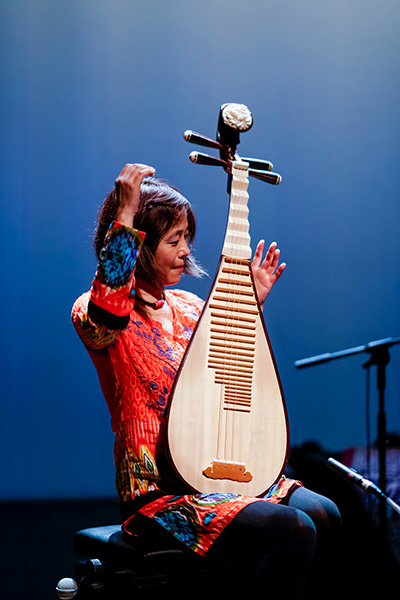
Woman with pipa: Pipa virtuoso Wu Man.[Photo provided to China Daily]
Pipa virtuoso Wu Man has made a new album with shakuhachi (Japanese bamboo flute) performer Kojiro Umezaki. The album, titled Flow, was released on Feb 19.
Both musicians are members of the Silk Road Ensemble, a music project initiated by cellist Yo-Yo Ma in 1998. The two musicians composed and performed five songs in the new album by combining folk tunes, contemporary styles and elements of improvisation, which seem to create a conversation between these two ancient Chinese and Japanese musical instruments.
Their solo and duo works on this album portray seasonal changes in a traditional Chinese garden, offering the listeners a unique musical experience.
"The Chinese pipa and Japanese shakuhachi are two of the most important and recognizable instruments in the East Asian musical tradition," says Wu. "They both date back to ancient times, and each has its own unique story, sound, technique and expressive charm."
She adds that the music on this new album draws upon a wide range of influences-from Chinese and Japanese folk tunes to the contemporary styles that the two musicians have each cultivated over the course of their careers.
"Improvisation and timbral interplay are also important elements throughout. The shakuhachi has a distinctive sonority that always reminds me of autumn in Japan, while the lute-like pipa distinguishes itself through its characteristic tremolos and unique style of melodic ornamentation, among other qualities. Together, these two ancient musical instruments create a musical experience unlike any other," says Wu.
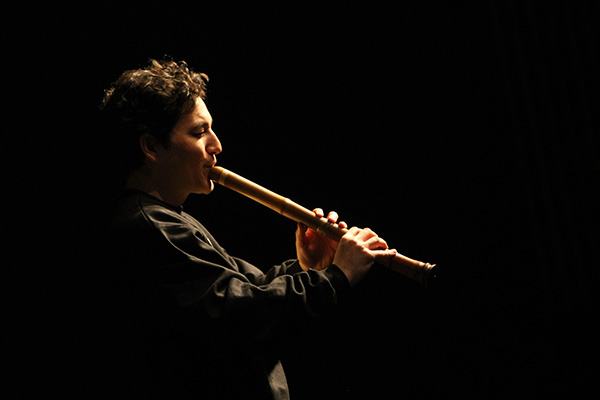
Man with flute: Shakuhachi (Japanese bamboo flute) performer Kojiro Umezaki.[Photo provided to China Daily]
Born in Hangzhou, Zhejiang's provincial capital, and now based in San Diego, California, Wu is regarded as the ambassador of the Chinese pipa in the West.
She began studying the instrument at age 9 and was enrolled at the Central Conservatory of Music in Beijing at 13.
As the country's first recipient of a master's degree in pipa at the conservatory, Wu moved to the US in 1990 to discover new sounds for her instrument.
The Grammy-nominated musician has imbued the 2,000-year-old, four-stringed Chinese lute with a contemporary twist, infusing it into a variety of genres, such as jazz, rock and electronic music. She also performs with symphony orchestras as well as contemporary dance and theater productions.
According to Wu, the idea of the new album started with a music project she was commissioned to do in 2019 by the Huntington Library, Art Museum, and Botanical Gardens, in San Marino, California. Wu was invited to compose and perform for a video installation work created by Chinese-American Tang Qingnnian against the backdrop of a spectacular 15-acre classical-style garden, Liu Fang Yuan, which is inspired by the gardens in Suzhou, East China's Jiangsu province. The video installation, titled Fragrant Rhythms: The Seasons of Liu Fang Yuan, celebrates scenes from all four seasons in the garden.
"The album is a kind of site-specific listening," says Japanese-Danish performer and composer, Umezaki, who joined the Silk Road Ensemble in 2001, where he worked with Wu for the first time. "Even if one can't be there in person, the album might nudge the imagination to take in a full year at one of the extraordinary gardens in the world, in less than 40 minutes."
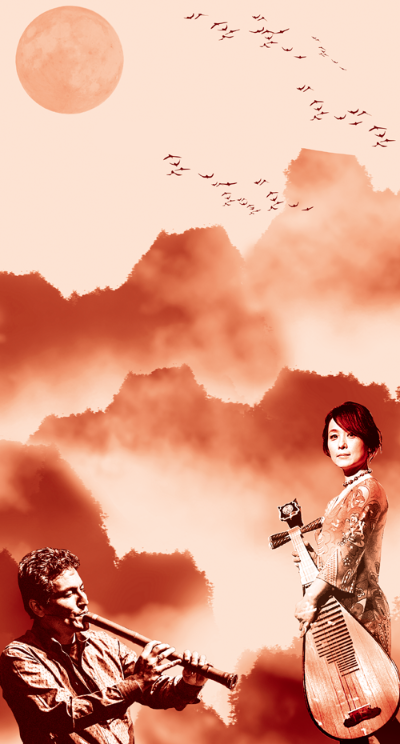
[Photo by Ismael Sandiego/China Daily]
The album was recorded in January 2020, before the coronavirus pandemic hit, at the University of California, Irvine, where Umezaki currently works as an associate professor of music. Born in Tokyo, the musician works, teaches, and performs in the field of computer music technology.
The first piece, Winter (Night Thoughts II) is based on Wu's composition for Tang's video installation in 2019. The music piece for pipa was inspired by the Buddhist caves at Dunhuang, Gansu province, dating back to the Tang Dynasty (618-907).
The other music pieces started as improvisations between the two musicians. Spring and Autumn are a duo performance while Summer is a pipa solo.
The closing piece, titled Bamboo, is a solo piece for the shakuhachi, which allows the listeners to step outside of seasons for a brief and suspended moment.
"With music, you can imagine the scenes of an eastern garden, such as the tranquility of snow and lively colors of summer," says Wu.
Umezaki adds that for the two duo pieces on the album (Spring and Autumn), there are some musical strategies that are fairly evident when one listens to those tracks. When played together, they often let one person lead and the other person support. Then, when the one in the lead is finishing a passage, the other will provide materials to transition from a support to lead role.
"Because the pipa can articulate clear rhythms much more than the shakuhachi, Wu Man will find moments to transition into a musical passage with a discernible pulse. That creates the opportunity for the shakuhachi to find melodic material to play over the pipa's rhythmic ideas," Umezaki says.



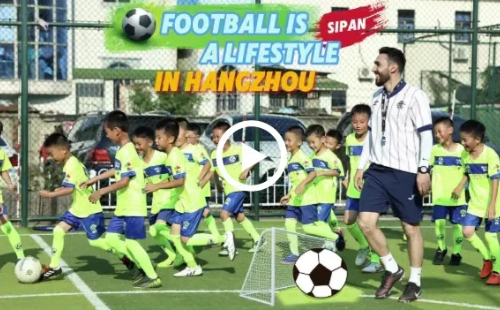
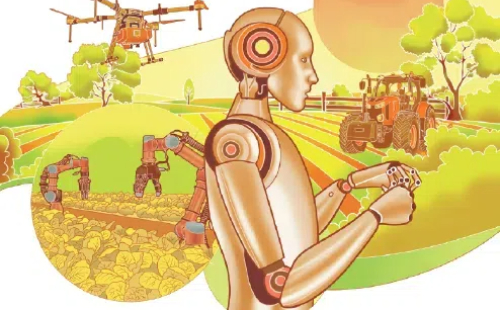
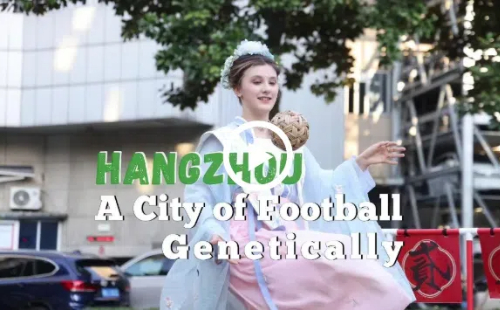 play
play